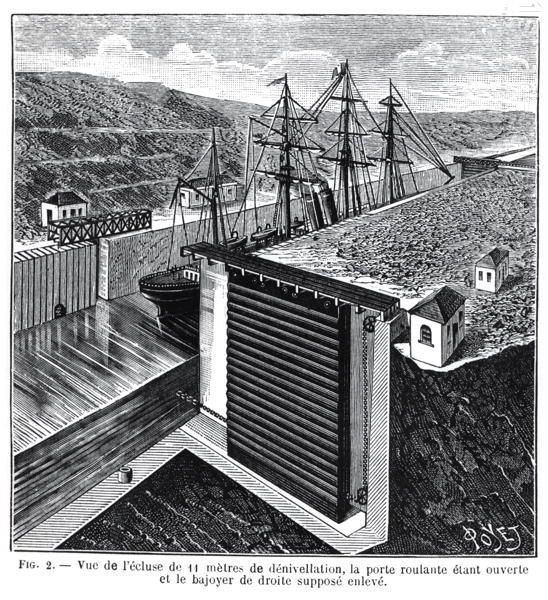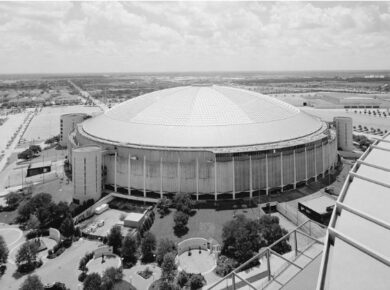We assimilate Eiffel with the Eiffel Tower, his wonderful bridges and the Statue of Liberty, but Eiffel engineered and build also many iron lighthouse towers. On 3 November 1868, Gustave Eiffel joined forces with the engineer Louis Sautter, filing a patent application for “improvements in the construction of iron towers, and especially lighthouse towers”.

Photo: Tuderna
In particular, they built two small twin lighthouses in Louis Sautter’s workshops in Paris: the first in July 1876, was installed in the port of Honfleur, the second in 1878, was installed in the old port of Menton. Other steel lighthouses were built abroad, notably in Egypt, Estonia, Brazil and Finland.

Photo: Erik Wannee
The Panama Affair
On the strength of his success with the Eiffel Tower, Eiffel immediately set about building the locks for the Panama Canal. The canal was not being built and Ferdinand de Lesseps abandoned the idea of a canal at sea level and agreed with Eiffel’s idea of building large locks.
But in 1893, the Company, under the presidency of Lesseps, was plagued by a huge financial scandal linked, among other things, to the corruption of members of parliament responsible for covering up the company’s near-bankruptcy in the eyes of the public.

Photo: 1st-art-gallery.com
The Panama scandal was huge. Gustave Eiffel, even though he had only acted as a contractor on behalf of the Company and had scrupulously fulfilled his commitments, was prosecuted in his turn – public opinion wanted heads to roll. In the first instance, he was sentenced to two years in prison and a fine of 20,000 francs.
This judgement was overturned by the Court of Cassation thanks to the brilliant defence of his lawyer, Pierre Waldeck-Rousseau, who, by exonerating him, allowed him to be rehabilitated.
Innocent but deeply wounded by the Panama affair, Gustave Eiffel retired from business to devote himself to his scientific work in meteorology and aerodynamics. He also took care of the durability of “his Tower”.
Eiffel worked hard to demonstrate its usefulness. In 1898, he had a weather laboratory installed at the top of the Tower, and a few years later, in 1901, a permanent radio transmitter.
About the Author:

Bruno Dursin – Managing Director at Believe in Steel. Bruno has more than 30 years of experience in promoting steel & steel solutions. His clients benefit from his extensive network within the building industry.



